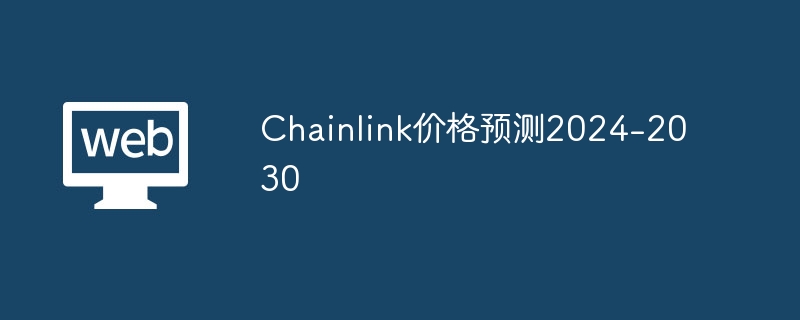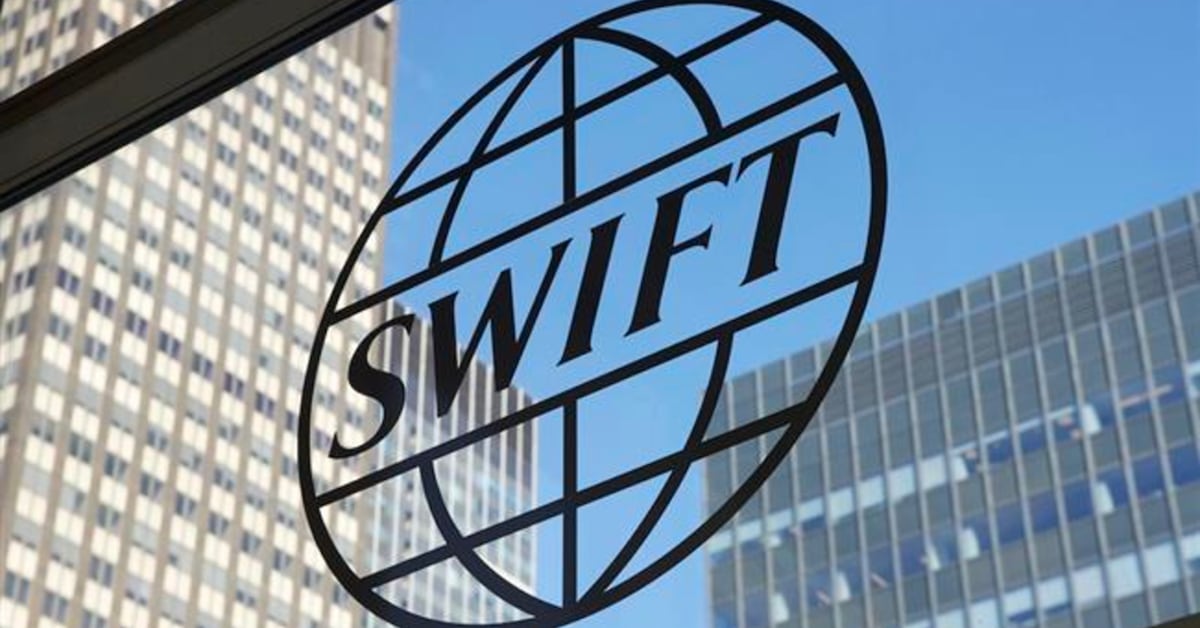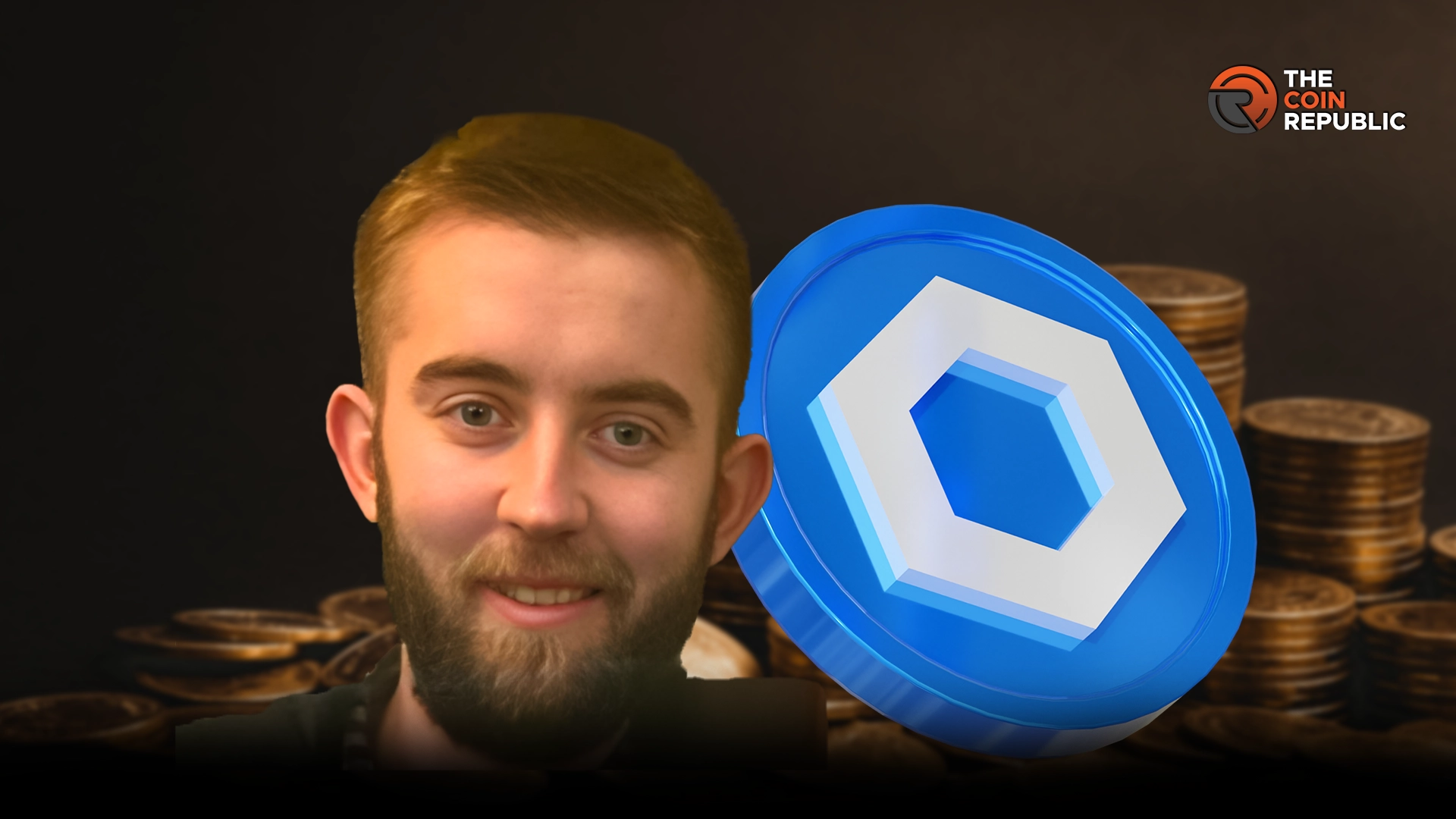 web3.0
web3.0 Chainlink (LINK) Continues to Dominate the Crypto Sphere, but Its Native Crypto Faces Challenges
Chainlink (LINK) Continues to Dominate the Crypto Sphere, but Its Native Crypto Faces ChallengesThe race for technological dominance never weakens in the crypto sphere. Yet, amidst this fierce competition, Chainlink continues to hold its own against

In the crypto sphere, the race for technological dominance never weakens. Yet, amidst this fierce competition, Chainlink continues to hold its own against all rivals, including giants like Binance.
Chainlink, the Undisputed Leader in Decentralized Oracles
For years, Chainlink has established itself as the undisputed leader in the field of decentralized oracles. Despite competitors' efforts to dethrone this colossus, it remains firmly anchored on its throne.
Chainlink's success is not only based on the cutting-edge technology of its oracles but also on a smartly conducted partnership strategy. Since its inception, Chainlink has surrounded itself with heavyweight partners, including Swift, one of the most influential financial messaging networks in the world.
These collaborations allow Chainlink to consolidate its position in the real-world asset tokenization sector, a rapidly expanding market. With the rise of digital assets and the tokenization of physical goods, Chainlink is in a strong position to reap the immense potential of the Real World Assets (RWA) domain.
Thanks to its Cross-Chain Communication Protocol (CCIP), Chainlink facilitates the tokenization of assets for financial giants, transforming a traditional sector into a potentially trillion-dollar market. It is this long-term vision and these strategic alliances that allow Chainlink to stay ahead, even in the face of increased competition from Binance Oracle.
The Plight of LINK Crypto: A More Nuanced Picture
However, not everything is rosy in the Chainlink universe. While the ecosystem itself remains robust, the situation of LINK, the network's native crypto, is more complex.
After a period of continuous growth, the price of this crypto has dropped, reaching a low of $10. This decline has led some investors to worry about the asset's short-term viability. The negative funding rate of futures contracts indicates that professional investors are still anticipating declines, which may keep the pressure on the LINK price.
Looking at the liquidation heatmap, a significant accumulation of liquidity can be observed between $9.88 and $9.97, suggesting that the price may remain in this range for some time. But despite this downward trend, the identified support levels around $10.39 and $10.86 offer a glimpse of possible stabilization.
Chainlink Staking Pools: A Lifeline for LINK Crypto
However, the Chainlink team has not been idle in the face of this situation. To support the demand for LINK crypto, staking pools have been set up, allowing a significant portion of the supply to be locked up. Although this pool has not been expanded for several months, an upcoming extension could reignite interest in the LINK Coin and encourage a new wave of accumulation.
Technically, LINK is currently moving within a descending channel, but indicators such as the OBV (On-Balance Volume) and the CMF (Chaikin Money Flow) suggest that, despite weak demand, the potential for recovery exists. If the market gains momentum, Chainlink's crypto could rebound and target levels around $10.69 and $12.32. Otherwise, a decline to $8.06 remains plausible. It remains to be seen whether this giant will continue to evolve and adapt to maintain its place at the top.
Maximize your Cointribune experience with our "Read to Earn" program! For every article you read, earn points and access exclusive rewards. Sign up now and start earning benefits.
The above is the detailed content of Chainlink (LINK) Continues to Dominate the Crypto Sphere, but Its Native Crypto Faces Challenges. For more information, please follow other related articles on the PHP Chinese website!
 Read why BlockDAG Could Be the Best Crypto Investment with an Upcoming Testnet Launch & $1 ForecastSep 13, 2024 am 03:37 AM
Read why BlockDAG Could Be the Best Crypto Investment with an Upcoming Testnet Launch & $1 ForecastSep 13, 2024 am 03:37 AMChainlink (LINK) holders, grappling with a sharp 40% loss, are now turning to fresh opportunities—especially BlockDAG, which boasts a promising $1 coin forecast.
 Chainlink价格预测2024-2030Mar 20, 2024 am 11:22 AM
Chainlink价格预测2024-2030Mar 20, 2024 am 11:22 AMChainlink 于 2017 年作为 ICO 推出,售价为 0.09 美元。目前的LINK价格为6.27美元,市值为32.5亿美元。LINK 目前较历史高点 (ATH) 52.7 美元下跌 88.11%。我们的 Chainlink 价格预测估计,到 2024 年底,价格将达到 15 美元。根据我们 2025 年 LINK 价格预测,价格可能达到 24 美元。
 Chainlink (LINK) Forms Head-and-Shoulders Pattern, Breakout Above $15 Could Target $19Jul 27, 2024 pm 06:01 PM
Chainlink (LINK) Forms Head-and-Shoulders Pattern, Breakout Above $15 Could Target $19Jul 27, 2024 pm 06:01 PMChainlink (LINK) is currently forming a head-and-shoulders pattern, according to on-chain analyst Ali Martinez. This pattern, especially a prolonged close above the neckline at around $15, might catapult the token above $19.
 Chainlink, UBS Asset Management, Swift Complete Pilot to Extract Cash From Tokenized FundsNov 06, 2024 am 04:08 AM
Chainlink, UBS Asset Management, Swift Complete Pilot to Extract Cash From Tokenized FundsNov 06, 2024 am 04:08 AMThe pilot was run as part of the Monetary Authority of Singapore's Project Guardian.
 Chainlink (LINK) Price Prediction: Will the Token Hit $20 as Bullish Momentum Returns?Oct 29, 2024 am 03:44 AM
Chainlink (LINK) Price Prediction: Will the Token Hit $20 as Bullish Momentum Returns?Oct 29, 2024 am 03:44 AMChainlink price, a prominent player in the blockchain space, is demonstrating renewed bullish momentum despite recent market downturns. LINK is forming an ascending triangle pattern, signaling potential upward movement after a recent rebound.
 Chainlink (LINK) Continues to Dominate the Crypto Sphere, but Its Native Crypto Faces ChallengesAug 17, 2024 pm 06:14 PM
Chainlink (LINK) Continues to Dominate the Crypto Sphere, but Its Native Crypto Faces ChallengesAug 17, 2024 pm 06:14 PMThe race for technological dominance never weakens in the crypto sphere. Yet, amidst this fierce competition, Chainlink continues to hold its own against
 RWA Tokenization to Overtake Crypto MarketSep 12, 2024 pm 12:10 PM
RWA Tokenization to Overtake Crypto MarketSep 12, 2024 pm 12:10 PMSergey Nazarov, co-founder of Chainlink, has expressed his belief that there's immense potential in the real-world assets (RWA) industry to eventually exceed the size of the entire cryptocurrency market.
 Chainlink (LINK) Price Prediction: Can LINK Hit $20 as Crypto Market Rebounds?Sep 09, 2024 pm 09:28 PM
Chainlink (LINK) Price Prediction: Can LINK Hit $20 as Crypto Market Rebounds?Sep 09, 2024 pm 09:28 PMChainlink (LINK) price has recently experienced a price increase, breaking its predominantly bearish trend from the previous weeks. While many cryptocurrencies continue to struggle for recovery, LINK has shown promising signs of additional gains. Thi

Hot AI Tools

Undresser.AI Undress
AI-powered app for creating realistic nude photos

AI Clothes Remover
Online AI tool for removing clothes from photos.

Undress AI Tool
Undress images for free

Clothoff.io
AI clothes remover

AI Hentai Generator
Generate AI Hentai for free.

Hot Article

Hot Tools

EditPlus Chinese cracked version
Small size, syntax highlighting, does not support code prompt function

Safe Exam Browser
Safe Exam Browser is a secure browser environment for taking online exams securely. This software turns any computer into a secure workstation. It controls access to any utility and prevents students from using unauthorized resources.

Dreamweaver CS6
Visual web development tools

SublimeText3 Linux new version
SublimeText3 Linux latest version

mPDF
mPDF is a PHP library that can generate PDF files from UTF-8 encoded HTML. The original author, Ian Back, wrote mPDF to output PDF files "on the fly" from his website and handle different languages. It is slower than original scripts like HTML2FPDF and produces larger files when using Unicode fonts, but supports CSS styles etc. and has a lot of enhancements. Supports almost all languages, including RTL (Arabic and Hebrew) and CJK (Chinese, Japanese and Korean). Supports nested block-level elements (such as P, DIV),





